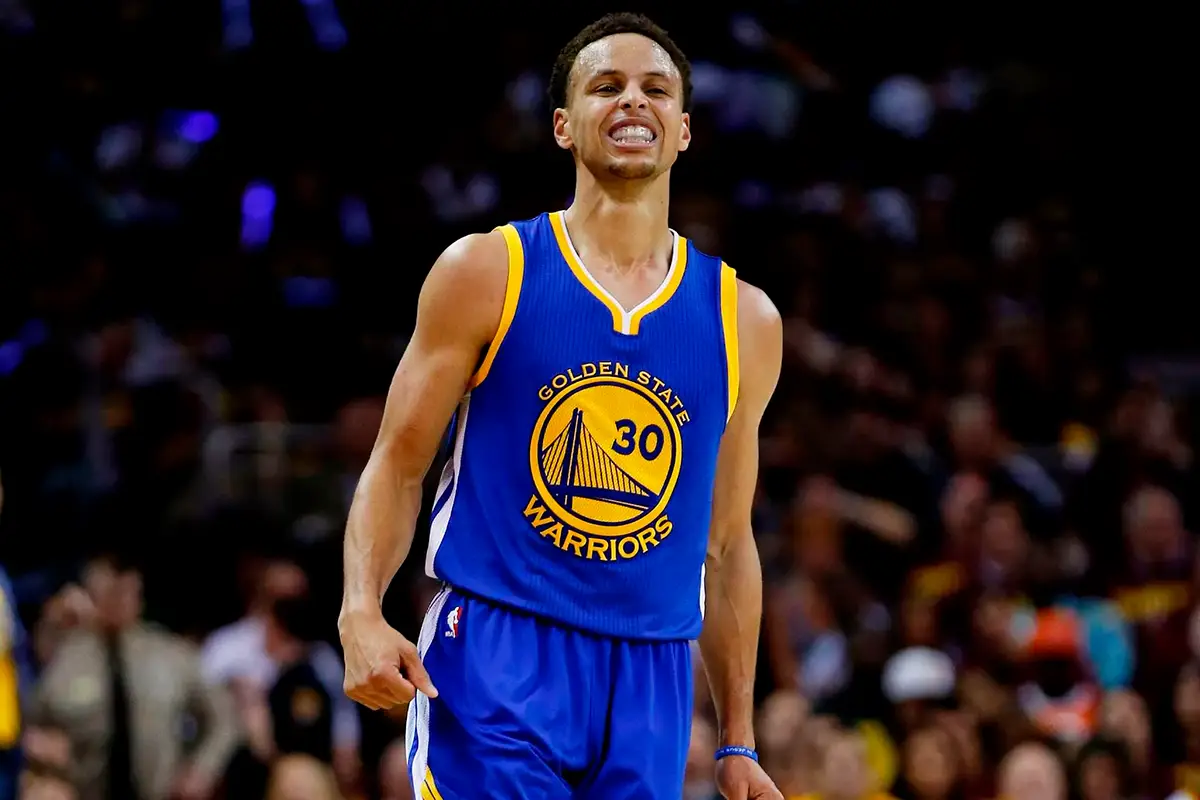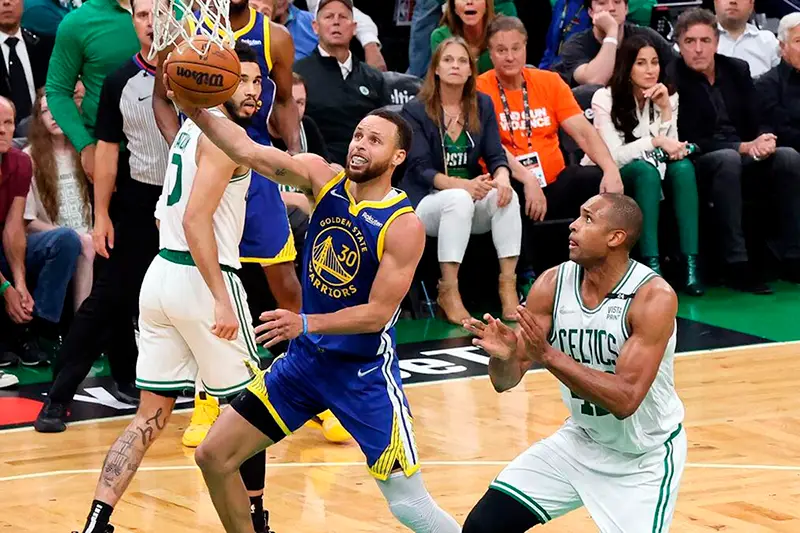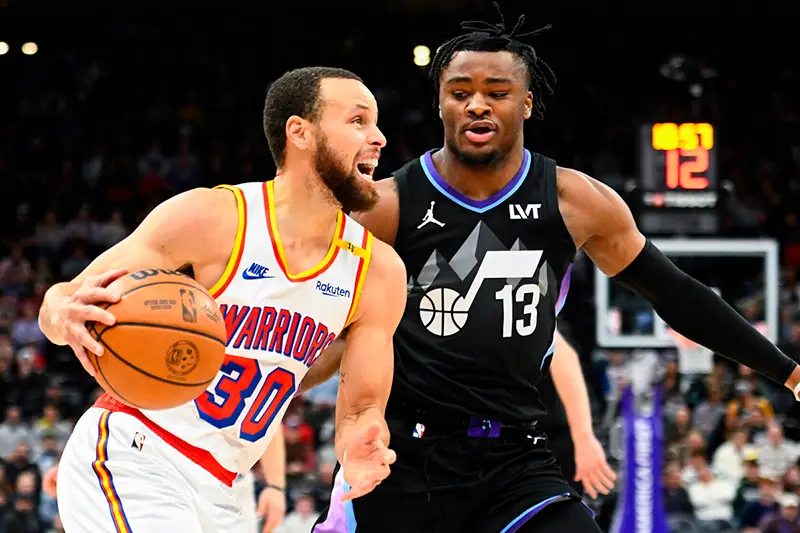The NBA Finals conclude each season and determine which team will go down in history as the true champion. Only one team receives the highest honor, the Larry O’Brien Cup, a trophy that embodies the culmination of months of struggle, tactical discipline, team synergy, and outstanding individual effort. The award symbolizes not only victory in the Finals, but also systematic dominance in the most competitive basketball league in the world.
History of the Trophy: Changing Status
The official history of the Larry O’Brien Trophy began in 1984, when the NBA named the trophy after Lawrence O’Brien, a former league commissioner who played a key role in the league’s development and its merger with the ABA. Until then, the trophy was named after Walter A. Brown, one of the original owners of the Boston Celtics and initiator of the first championship final format.
Who is Larry O’Brien – not just a bureaucrat? This man led the league from 1975 to 1984 and laid the economic foundation for the modern NBA, introducing the draft system, driving commercialization, and securing extensive television broadcasting contracts. Under him, the league achieved financial stability, and the number of clubs grew.
Appearance and Technical Features
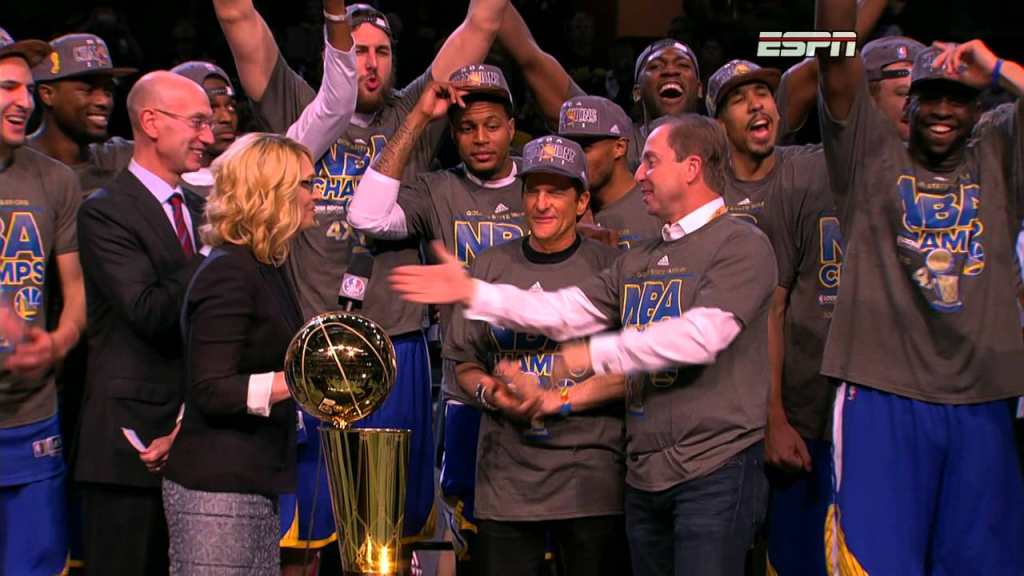 The Larry O’Brien Cup is 60 cm tall, weighs approximately 6.5 kg, and is made of sterling silver with 24-karat gold plating. The top of the trophy is designed as a stylized basketball heading toward a hoop with a shield. The shape emphasizes the dynamics of the game and visually captures the moment of triumph.
The Larry O’Brien Cup is 60 cm tall, weighs approximately 6.5 kg, and is made of sterling silver with 24-karat gold plating. The top of the trophy is designed as a stylized basketball heading toward a hoop with a shield. The shape emphasizes the dynamics of the game and visually captures the moment of triumph.
It is handcrafted by artisans at a US-based jewelry company. Each piece is individually created for the season’s winner and remains with the club forever. Production requires approximately 70 hours of labor. This is not a rolling trophy—each new champion receives a new, original NBA championship trophy.
Awarding Rules: How to Win the Larry O’Brien Cup
The winner is the team that wins the NBA Finals series in the best of four games. The series is contested between the champions of the Eastern and Western Conferences. The Finals consists of a maximum of seven games, and each game has direct significance. Home-court advantage is awarded to the team with the better regular-season record.
The NBA trophy is not awarded to the player, but to the team. However, individual achievements are often recognized with the Finals MVP award, which has been given to legends such as Michael Jordan, Shaquille O’Neal, Kobe Bryant, and Kawhi Leonard. The players lift the basketball trophy immediately after the final whistle of the decisive game.
Great Teams and Players: Who Has Won the Cup?
The Larry O’Brien Trophy has been hoisted by dozens of great champions. Among the most notable names are:
- Michael Jordan – 6 titles (1991–1993, 1996–1998), Finals MVP each time. The leader of the Chicago Bulls who ushered in an era.
- Magic Johnson – 5 titles with the Lakers (1980, 1982, 1985, 1987, 1988), three-time Finals MVP.
- Kobe Bryant – 5 titles (2000–2002, 2009, 2010), 2-time Finals MVP.
- Tim Duncan – 5 wins with the San Antonio Spurs (1999, 2003, 2005, 2007, 2014), 3-time Finals MVP.
- LeBron James – 4 titles: 2 with the Miami Heat (2012, 2013), 1 with Cleveland (2016), 1 with the Lakers (2020).
- Stephen Curry – 4 titles with Golden State (2015, 2017, 2018, 2022), Finals MVP in 2022.
- Shaquille O’Neal – 3 titles with the Lakers (2000-2002), Finals MVP every year.
- Kevin Durant – 2 titles with the Warriors (2017, 2018), Finals MVP both times.
- Dirk Nowitzki – only title (2011), a symbol of loyalty to Dallas.
- Kawhi Leonard – two titles, with the Spurs (2014) and Raptors (2019), MVP both times.
Trophy Symbolism and Influence on Player Status
Winning the Larry O’Brien Trophy influences the perception of a career. A player with one title turns success into status. A player with multiple titles is inducted into the pantheon. Victory in the Finals not only marks the end of the season, but also the starting point for evaluating all statistics, making comparisons, and building future legacies.
Players without titles, despite their success, are always faced with the question: “But where is the trophy?” This happened to Charles Barkley, Allen Iverson, and Karl Malone. In contrast, champions like Dwyane Wade, Paul Pierce, and Jason Kidd achieved historic recognition by winning an NBA trophy.
Finals Series: A Sports Phenomenon
The NBA Finals are more than just a sports show. The series transforms basketball into a drama where every episode matters and the outcome depends not on theory but on strength of character. Each decade offers unique twists, unexpected feats, and historic endings. The Larry O’Brien Cup becomes more than just a goal—it becomes a litmus test to determine who the true champions are.
2016 – Cleveland recovers from 1-3
The Finals between the Cleveland Cavaliers and the Golden State Warriors ended the 2015-16 season with an intensity like never before. The Warriors entered the series with a 73-9 regular-season record and a 3-1 series lead, but LeBron James and Kyrie Irving took over. In Game 7, LeBron pulled off one of the greatest moments in history: a fast-break block on Andre Iguodala. Cleveland won 93-89 in Oakland. The Finals marked the club’s first title and proof that even historical statistics can be rewritten.
2010 – Kobe’s Game 7 and rematch against the Celtics
The Finals between the Lakers and the Celtics rekindled the legendary rivalry between the NBA’s two most successful teams. Los Angeles recovered over the course of the series, and Game 7 at the Staples Center became a battle for every rebound. Kobe Bryant, despite his modest shooting percentage, collected 15 rebounds and 23 points, and the game-winning shot was made by Ron Artest (Metta World Peace). The 83-79 victory brought Kobe his fifth title and the status of the all-time leader without Shaquille at his side.
2014 – The Perfect Spurs System
The San Antonio Spurs’ revenge for their loss to the Heat the previous year culminated in one of the most systematic Finals in history. Gregg Popovich’s team beat Miami in five games, demonstrating exemplary passing, off-ball movement, and collective responsibility. Kawhi Leonard became Finals MVP despite modest individual statistics but maximum efficiency on both ends of the court. Team basketball has surpassed the superstar model.
2000s – The Lakers and Spurs Era
The first two decades of the 21st century were dominated by two teams: the Lakers with Shaquille and Kobe (2000, 2001, 2002) and then with Kobe and Gasol (2009, 2010), and the Spurs with Duncan, Ginobili, and Parker (1999, 2003, 2005, 2007, 2014). Every victory during these years was accompanied by a clear structure and a long-term philosophy, with the team built not for a season, but for a generation. Series like this set the standard for winning an NBA trophy not through brilliant performances, but through systematic work.
2022 – Golden State Rebuild and Curry Recognition
After two years of injuries and rebuilding, the Warriors returned to the Finals and defeated the Boston Celtics in six games. Stephen Curry took the lead, averaging 31.2 points per game, including 43 points in Game 4 in Boston. His performance ultimately earned him the title of Finals MVP and Golden State its fourth championship since 2015. The Finals became a recognition and a symbol of the end of an entire era of dominance.
The Concept of Depth and Balance: The Larry O’Brien Cup
The NBA Finals format requires not just stars, but a systematic rotation. The winner demonstrates the ability to remain efficient while swapping out top players, exploiting the opponent’s weaknesses, and, most importantly, maintaining rhythm in a seven-game duel. The Larry O’Brien Cup was the sum of the entire structure, from the front office to the last player on the bench. Of particular importance in the series are:
- Transitions between plays – the ability to adapt;
- Team defense – especially in the third quarter;
- Maintaining the tempo – not allowing the opponent to dictate the game;
- Psychological stability – defending an advantage or coming back from -10.
The pinnacle of team basketball
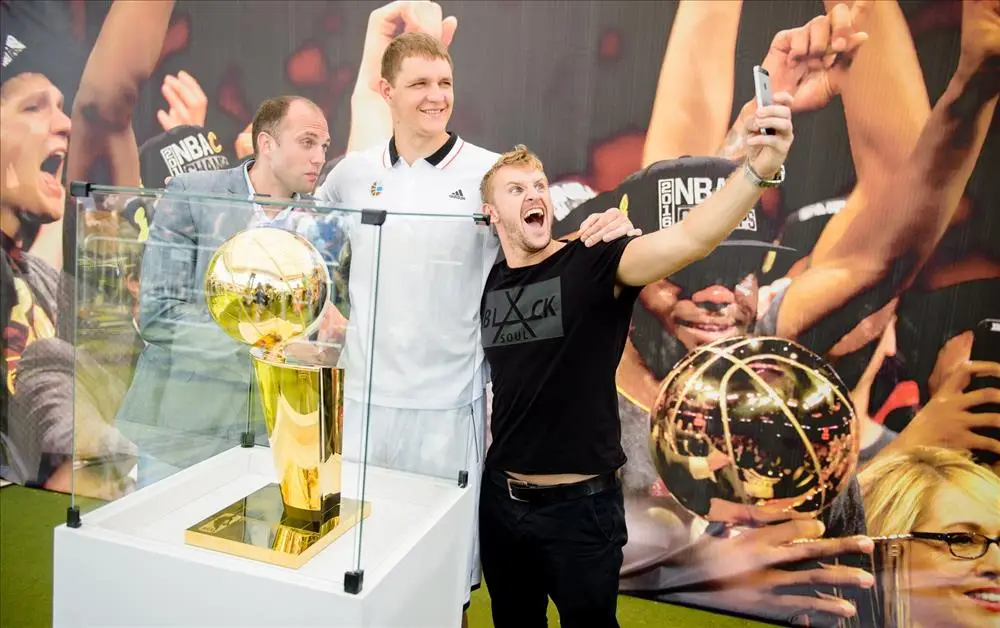 No other sports award evokes such a concentration of emotion and attention to detail as the Larry O’Brien Trophy. Winning the NBA Finals isn’t just about a trophy, but also a test of maturity, leadership, strategy, and competitive spirit. This award isn’t for flashes of inspiration – it requires long-term sustainability. That’s why every season represents a new attempt, and every championship moment remains in history as the culmination not just of a season, but of an entire era.
No other sports award evokes such a concentration of emotion and attention to detail as the Larry O’Brien Trophy. Winning the NBA Finals isn’t just about a trophy, but also a test of maturity, leadership, strategy, and competitive spirit. This award isn’t for flashes of inspiration – it requires long-term sustainability. That’s why every season represents a new attempt, and every championship moment remains in history as the culmination not just of a season, but of an entire era.

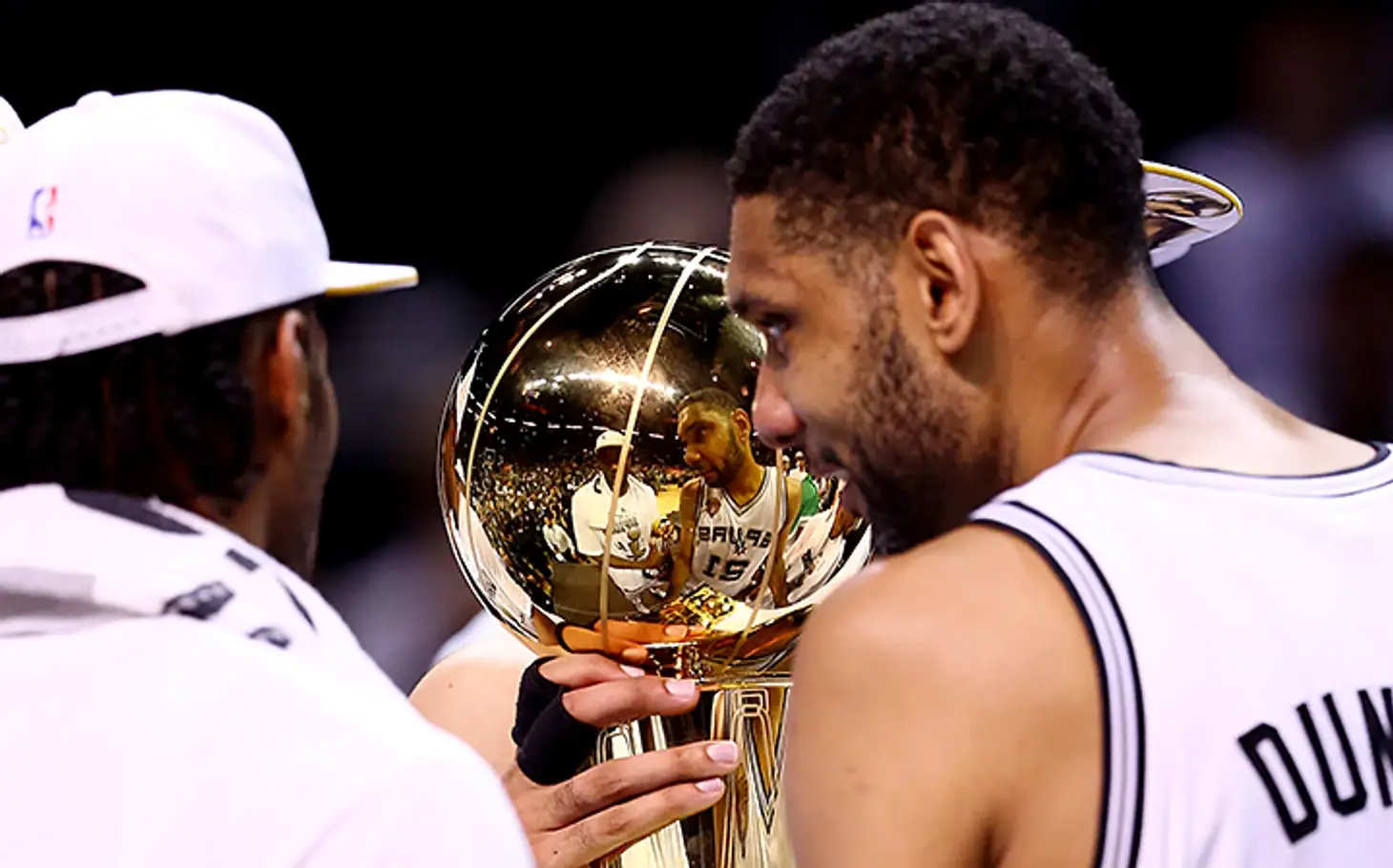
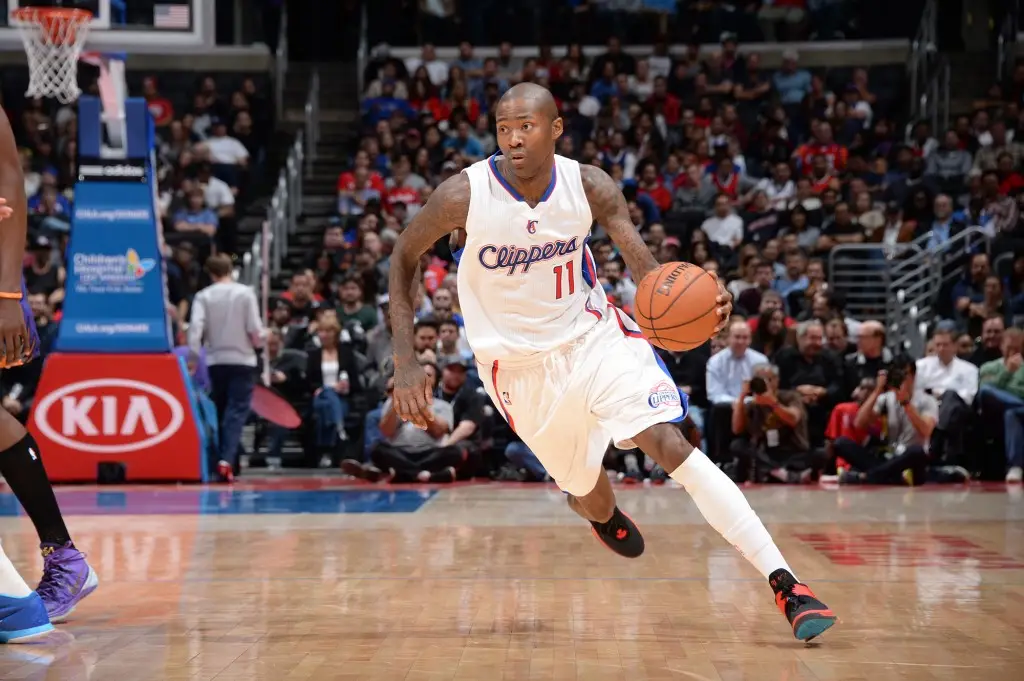
 Learning to dribble means mastering the movement with the ball without losing control. Eye contact is paramount. The eyes don’t follow the ball; they look forward. This provides a better overview and facilitates decision-making. Dribbling a basketball requires adaptive control: the ball bounces to a height just below the waist, with the amplitude varying depending on the speed.
Learning to dribble means mastering the movement with the ball without losing control. Eye contact is paramount. The eyes don’t follow the ball; they look forward. This provides a better overview and facilitates decision-making. Dribbling a basketball requires adaptive control: the ball bounces to a height just below the waist, with the amplitude varying depending on the speed. Knowing how to dribble is a skill that impacts your playing style, confidence, and performance. Leading shifts from mechanics to strategy. It sets the rhythm, creates space, and shapes the initiative. Dribbling becomes the language with which a player communicates his intentions to teammates and opponents. Systematic training, attention to technique, body control, and adaptation to defense are essential elements of the path.
Knowing how to dribble is a skill that impacts your playing style, confidence, and performance. Leading shifts from mechanics to strategy. It sets the rhythm, creates space, and shapes the initiative. Dribbling becomes the language with which a player communicates his intentions to teammates and opponents. Systematic training, attention to technique, body control, and adaptation to defense are essential elements of the path.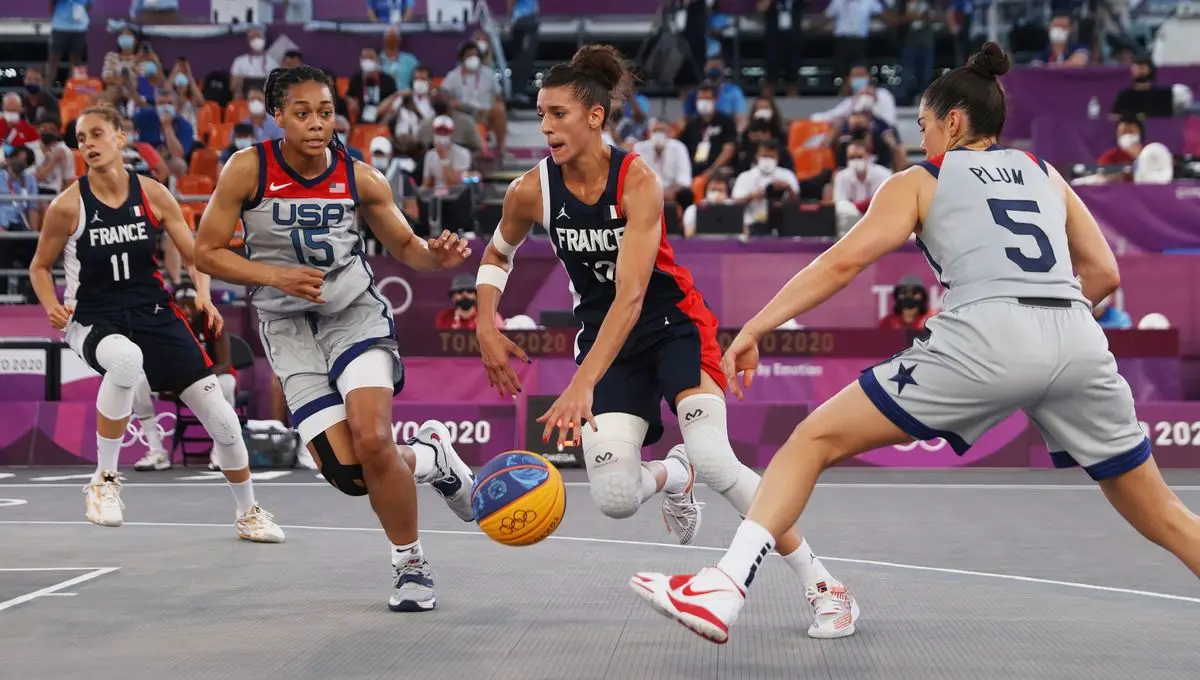
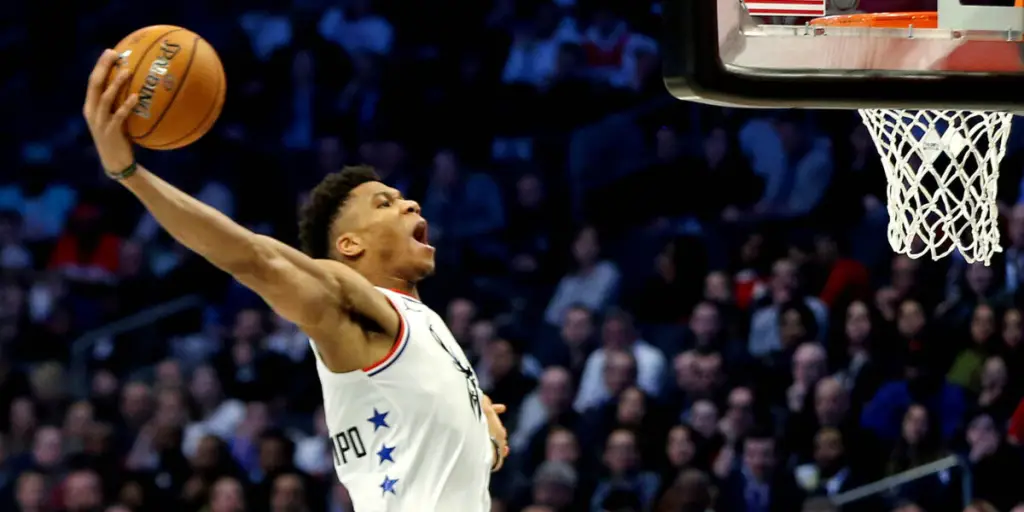 To understand how the NBA works, you have to imagine the season as a sequence of three phases: the regular season, the playoffs, and the Finals. Each team plays 82 games, earns points, and establishes a standings.
To understand how the NBA works, you have to imagine the season as a sequence of three phases: the regular season, the playoffs, and the Finals. Each team plays 82 games, earns points, and establishes a standings.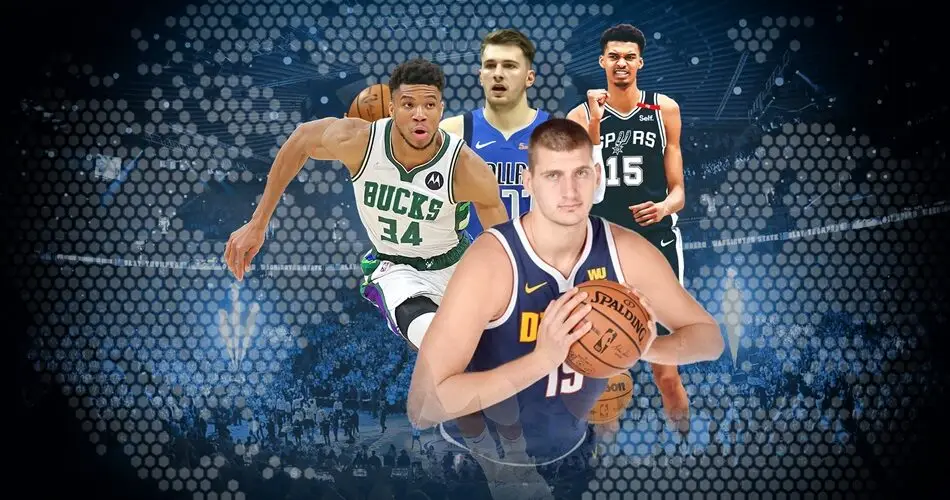 The National Basketball Association is more than just a sports organization. It’s a cultural code. A synthesis of sports, showmanship, business, emotions, and meaning. What is the NBA? A story about dribbling and passion, about statistics and inspiration. Basketball has long since ceased to be a game with a basket. It has become a stage where legends unfold.
The National Basketball Association is more than just a sports organization. It’s a cultural code. A synthesis of sports, showmanship, business, emotions, and meaning. What is the NBA? A story about dribbling and passion, about statistics and inspiration. Basketball has long since ceased to be a game with a basket. It has become a stage where legends unfold.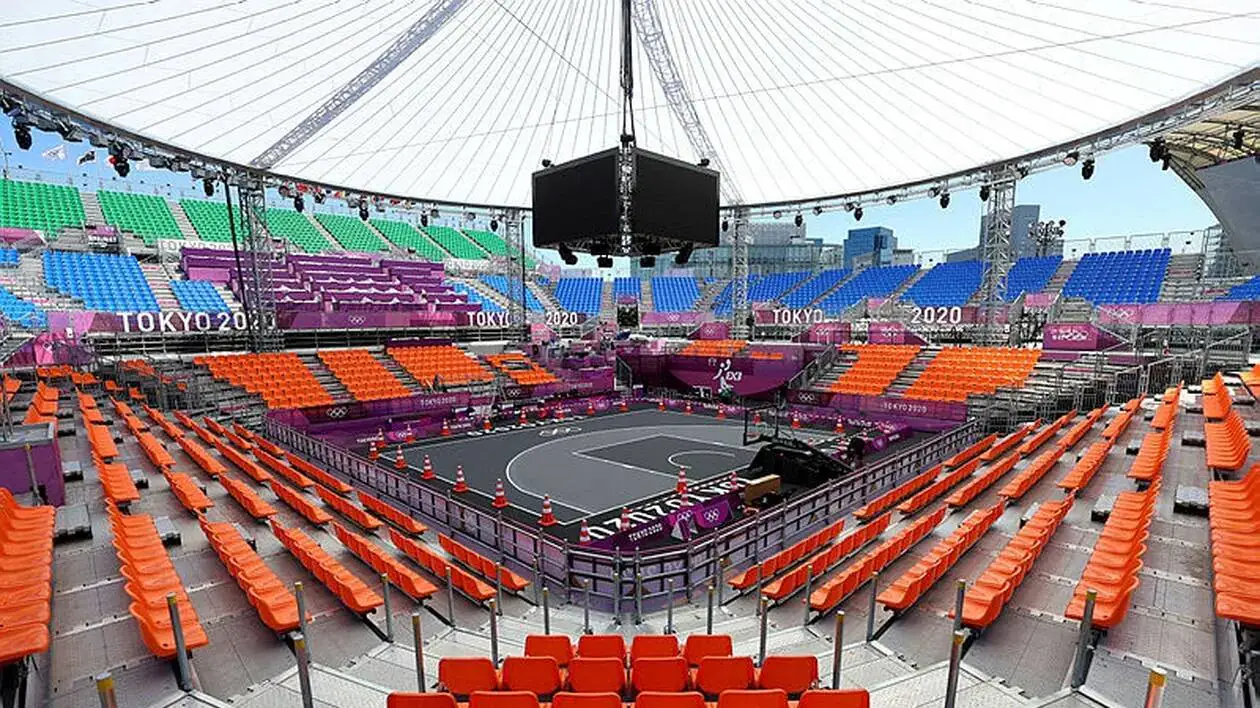
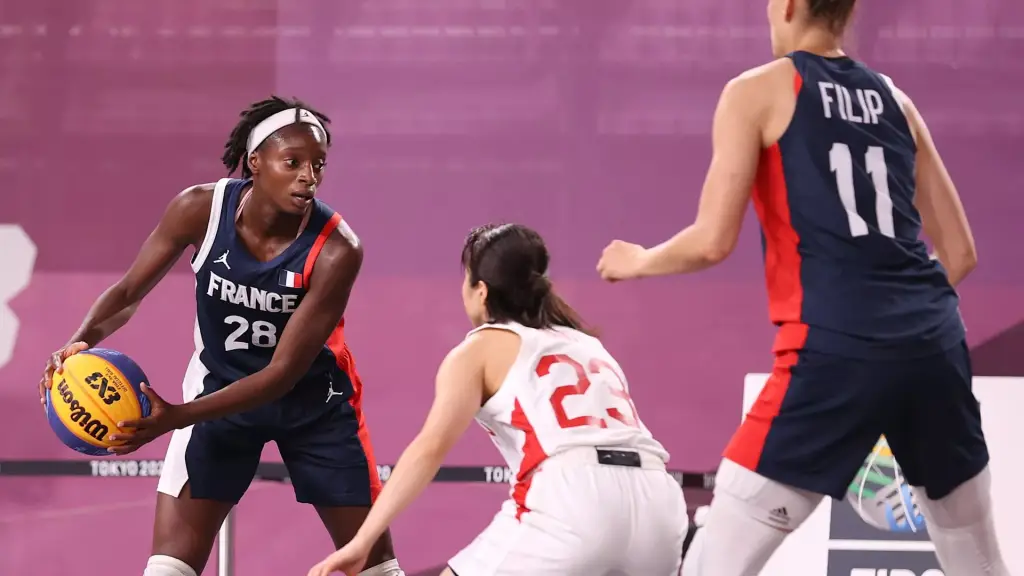 The format has strict rules. The basic rules make it easy to understand, but hard to play.
The format has strict rules. The basic rules make it easy to understand, but hard to play.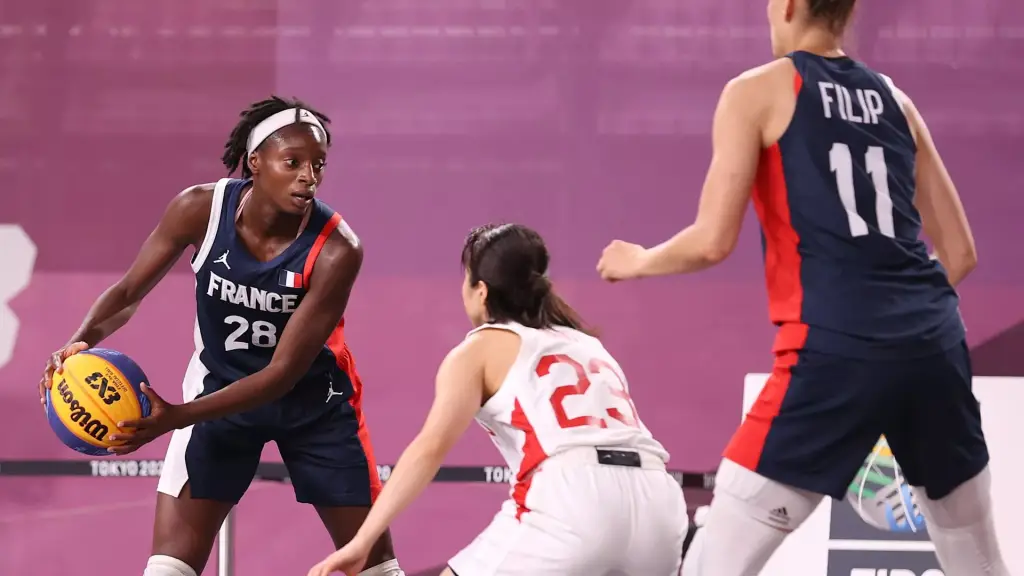 The rules of 3-on-3 basketball shape a game in which there is no time to warm up. Every possession carries a risk, every second influences the outcome. Players must demonstrate physical fitness, technical precision and tactical maturity. Dynamism replaces strategy, density replaces variability. This format requires not only athletic strength but also mental concentration. The team that acts precisely, quickly and coolly wins.
The rules of 3-on-3 basketball shape a game in which there is no time to warm up. Every possession carries a risk, every second influences the outcome. Players must demonstrate physical fitness, technical precision and tactical maturity. Dynamism replaces strategy, density replaces variability. This format requires not only athletic strength but also mental concentration. The team that acts precisely, quickly and coolly wins.
 Rhythmic acceleration and interval training increase the heart rate, stabilise blood pressure and improve blood circulation in the tissues. In this respect, the effect of basketball on the body is based on cyclical tension and relaxation, which strengthens the heart and increases the elasticity of the blood vessels.
Rhythmic acceleration and interval training increase the heart rate, stabilise blood pressure and improve blood circulation in the tissues. In this respect, the effect of basketball on the body is based on cyclical tension and relaxation, which strengthens the heart and increases the elasticity of the blood vessels.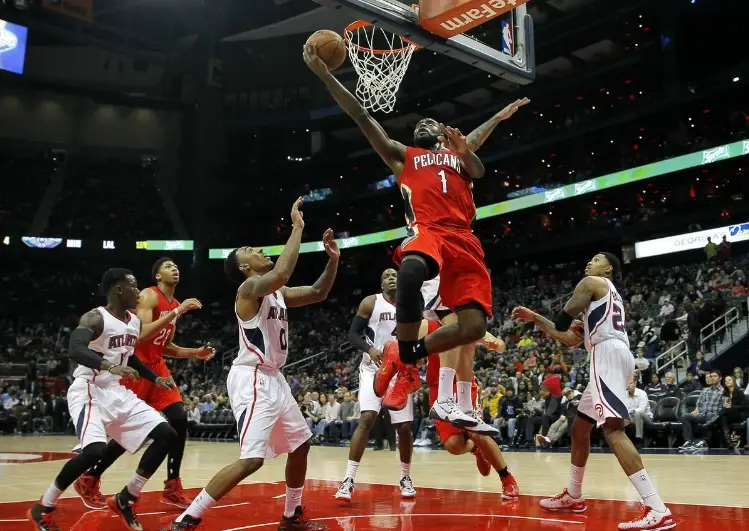 The effects of basketball on the body are noticeable in several areas: physique, endurance, psychology and social interaction. Every training session changes the internal structure – from microvessels to behavioural strategies. This is the most important answer to the question of why one should start playing.
The effects of basketball on the body are noticeable in several areas: physique, endurance, psychology and social interaction. Every training session changes the internal structure – from microvessels to behavioural strategies. This is the most important answer to the question of why one should start playing.
 From the structure of the square depends on the type of attribute. The division is divided into two classes: Basketball for the street and for the hall. The first requires resistance to asphalt, the second – toughness with the parquet. Materials:
From the structure of the square depends on the type of attribute. The division is divided into two classes: Basketball for the street and for the hall. The first requires resistance to asphalt, the second – toughness with the parquet. Materials: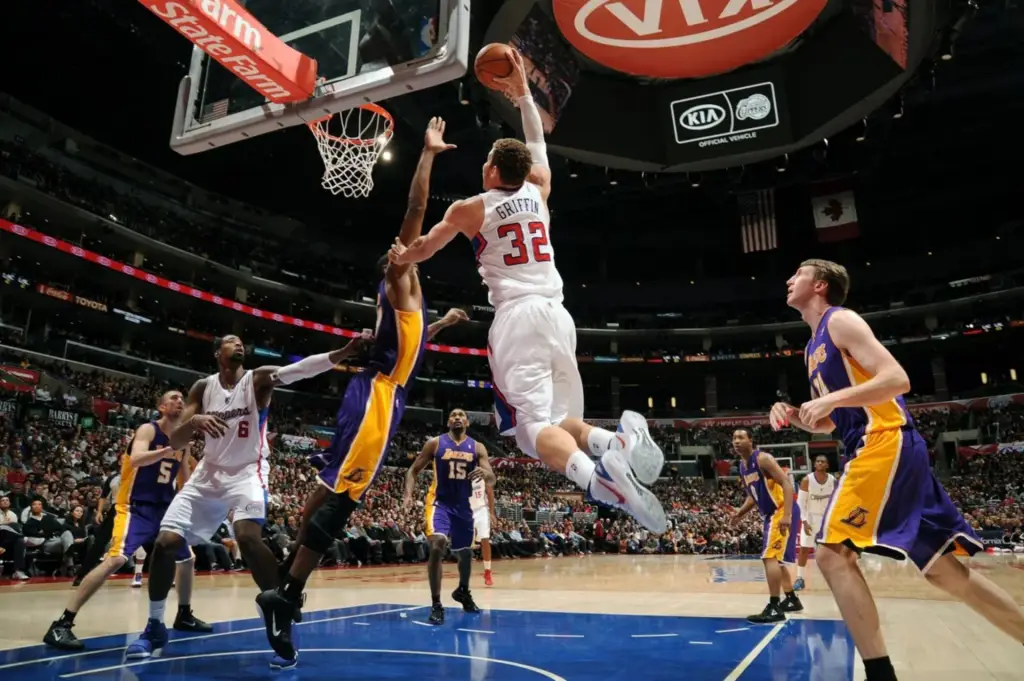 Technique, tactics, speed – everything is meaningless without the basic tools. The choice of basketball has a direct impact on training efficiency, joint safety, quality of control and enjoyment of the game. The choice of size, cover, grip and balance are the foundation. Professional players test dozens of models to find ‘their’ ball. For amateurs, it is enough to follow the basic principles and every throw will be more precise.
Technique, tactics, speed – everything is meaningless without the basic tools. The choice of basketball has a direct impact on training efficiency, joint safety, quality of control and enjoyment of the game. The choice of size, cover, grip and balance are the foundation. Professional players test dozens of models to find ‘their’ ball. For amateurs, it is enough to follow the basic principles and every throw will be more precise.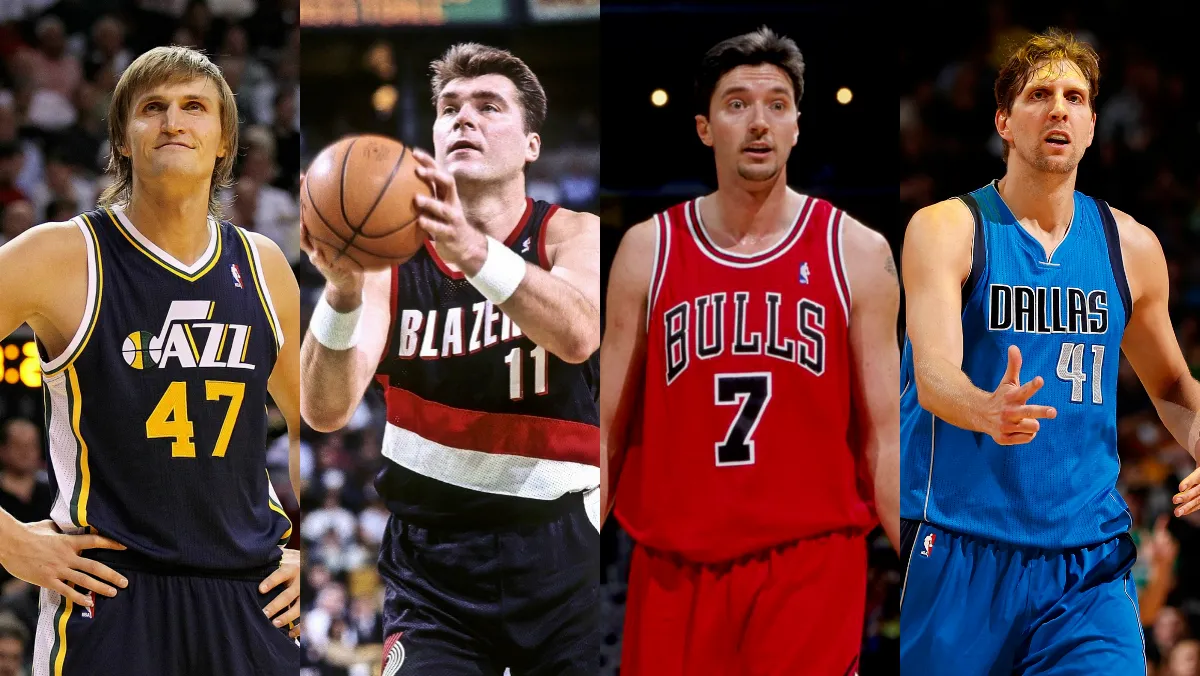
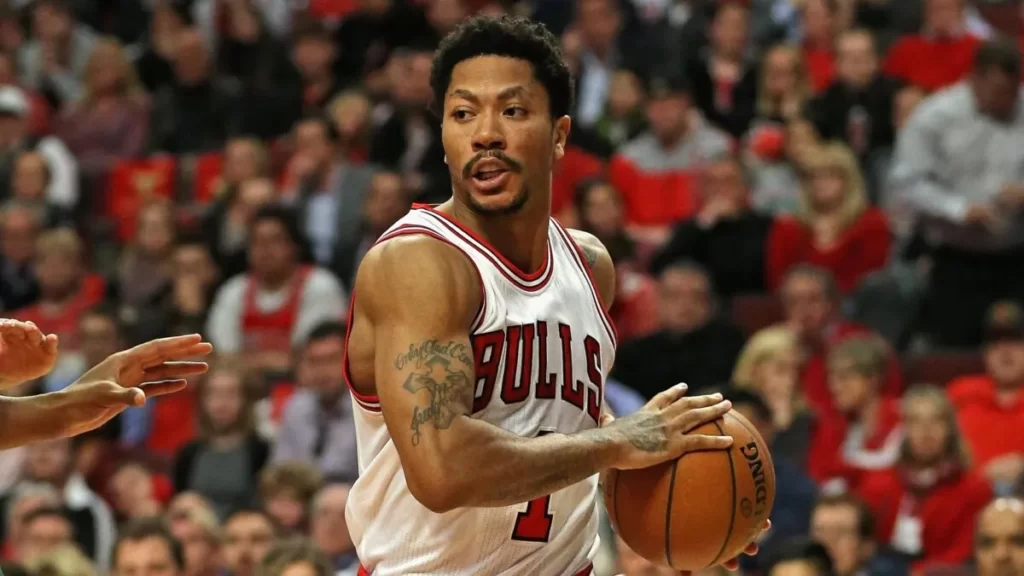 Jamal Crawford is known for his creative style of play, making him one of the most spectacular basketball players in history. Playing for nine teams, including the Chicago Bulls and the Los Angeles Clippers, he demonstrated the ability to change the outcome of games. His dribbling, which incorporates elements of streetball technique, and his unpredictable movements around the court captured the attention of millions of fans.
Jamal Crawford is known for his creative style of play, making him one of the most spectacular basketball players in history. Playing for nine teams, including the Chicago Bulls and the Los Angeles Clippers, he demonstrated the ability to change the outcome of games. His dribbling, which incorporates elements of streetball technique, and his unpredictable movements around the court captured the attention of millions of fans.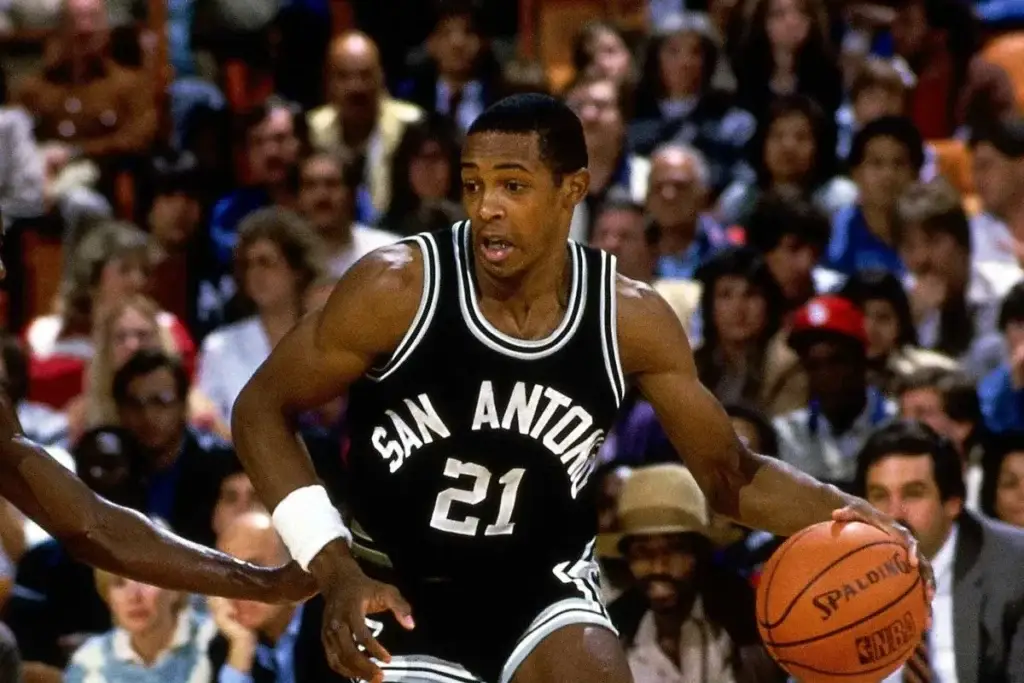 Basketball isn’t just about the stars whose names are on everyone’s lips. The NBA’s most underrated players have proven that their contributions are just as significant. These athletes not only achieved outstanding results but also became role models for future generations, showing that it’s possible to shine even in the shadows.
Basketball isn’t just about the stars whose names are on everyone’s lips. The NBA’s most underrated players have proven that their contributions are just as significant. These athletes not only achieved outstanding results but also became role models for future generations, showing that it’s possible to shine even in the shadows.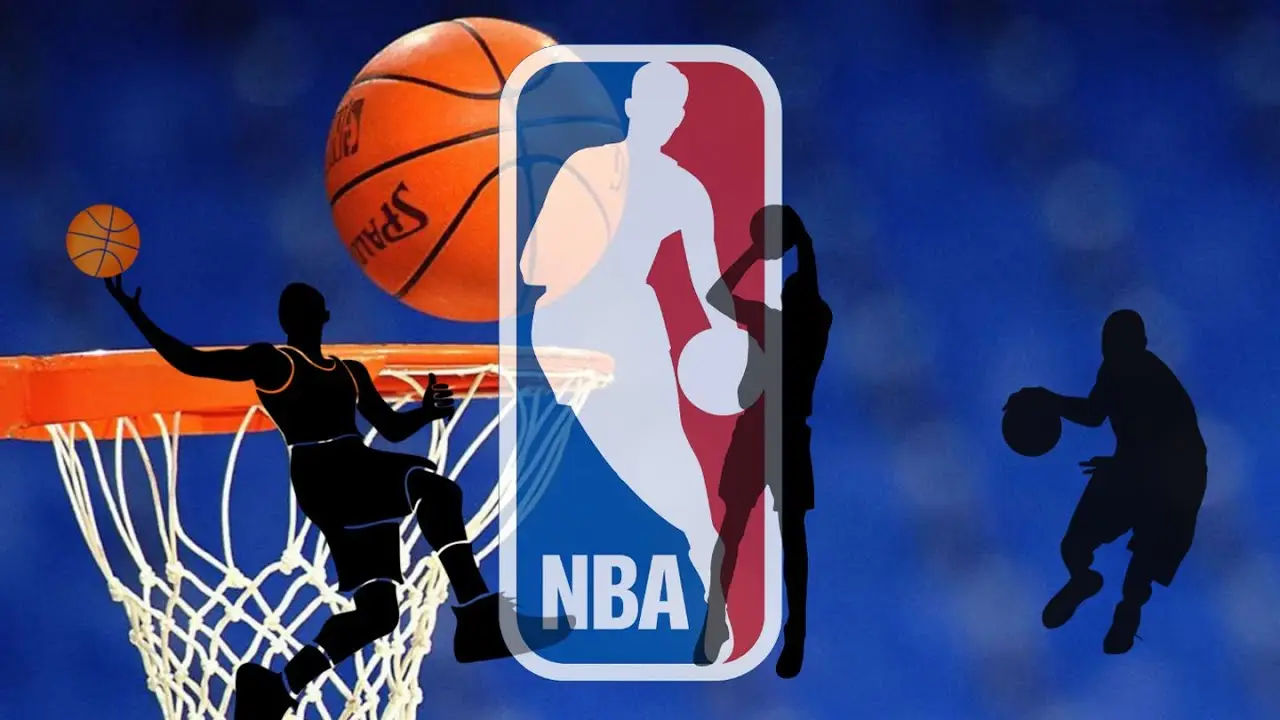
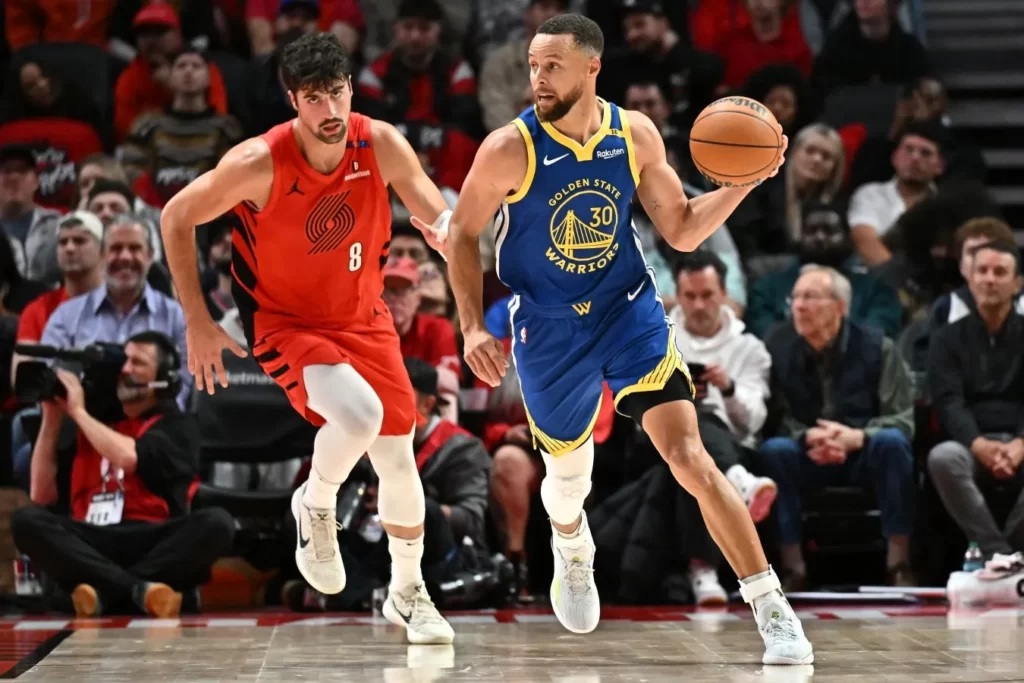 The NBA differs from other basketball leagues not only in its level, but also in its rules. NBA games are played in four quarters of 12 minutes each, whereas in most other leagues, e.g. FIBA, the quarters last 10 minutes. Another important difference is the ‘3-second rule’, which prohibits a player from staying in the zone under the basket for more than three seconds unless he is defending an opponent.
The NBA differs from other basketball leagues not only in its level, but also in its rules. NBA games are played in four quarters of 12 minutes each, whereas in most other leagues, e.g. FIBA, the quarters last 10 minutes. Another important difference is the ‘3-second rule’, which prohibits a player from staying in the zone under the basket for more than three seconds unless he is defending an opponent.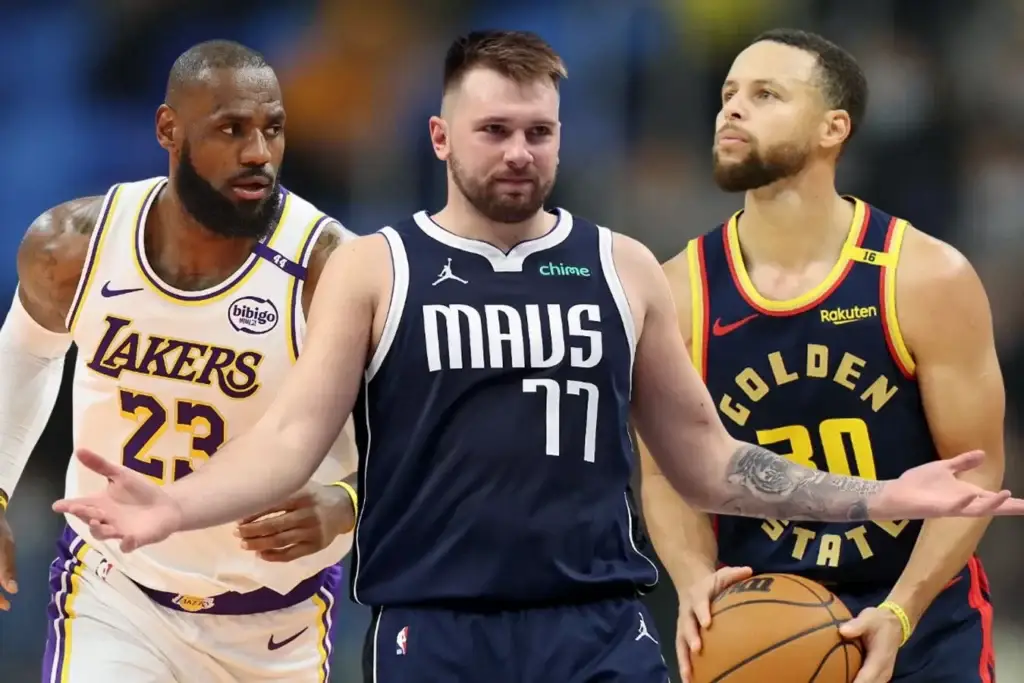 The NBA is a movement, a culture of basketball and a source of inspiration for millions of people around the world. The NBA unites not only the best athletes, but also those who dream of more, who strive for the top despite all difficulties.
The NBA is a movement, a culture of basketball and a source of inspiration for millions of people around the world. The NBA unites not only the best athletes, but also those who dream of more, who strive for the top despite all difficulties.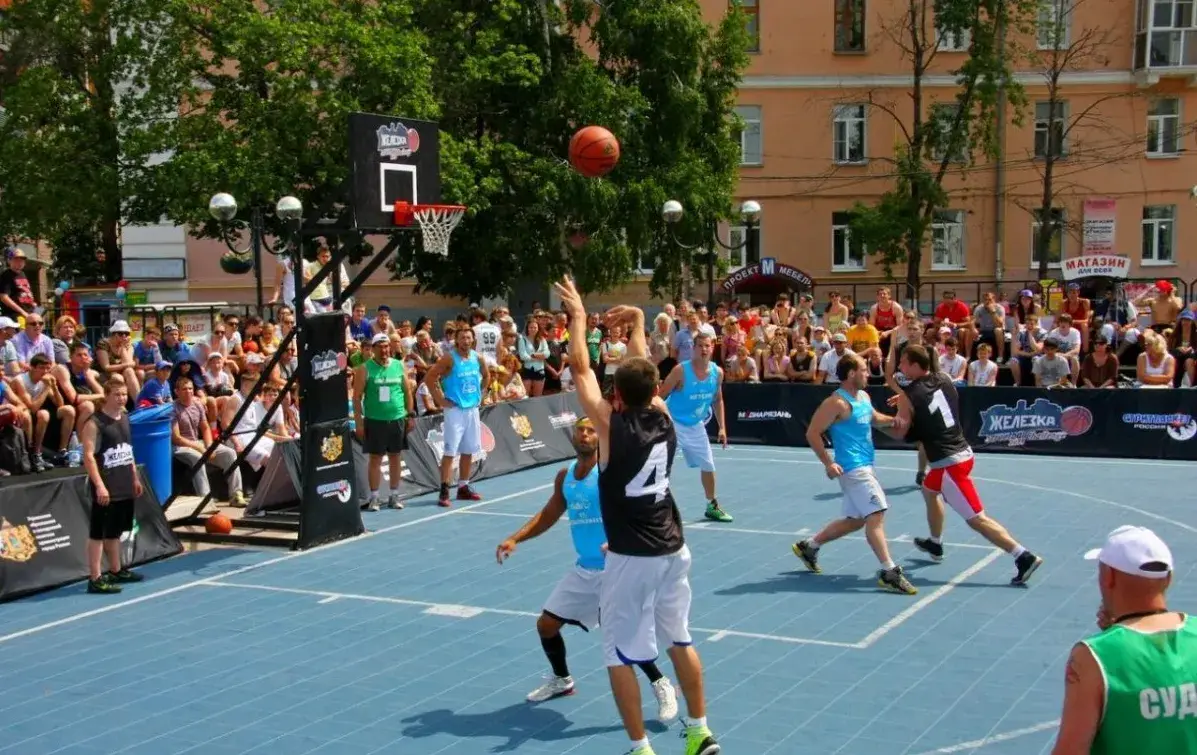
 Fouls in streetball play an important role in regulating player behaviour and adherence to the rules. It is particularly important to maintain the spirit of the game and avoid roughness on the pitch.
Fouls in streetball play an important role in regulating player behaviour and adherence to the rules. It is particularly important to maintain the spirit of the game and avoid roughness on the pitch. The rules of street basketball define its uniqueness and accessibility for all. Street basketball combines democracy, excitement and strategic depth, making it ideal for amateurs and professionals alike. Learning the rules and putting them into practice not only helps to improve skills but also physical fitness.
The rules of street basketball define its uniqueness and accessibility for all. Street basketball combines democracy, excitement and strategic depth, making it ideal for amateurs and professionals alike. Learning the rules and putting them into practice not only helps to improve skills but also physical fitness.

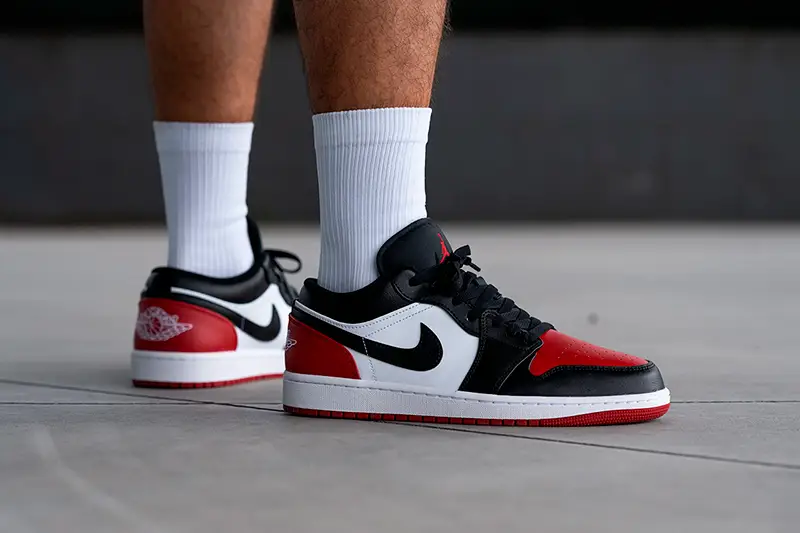
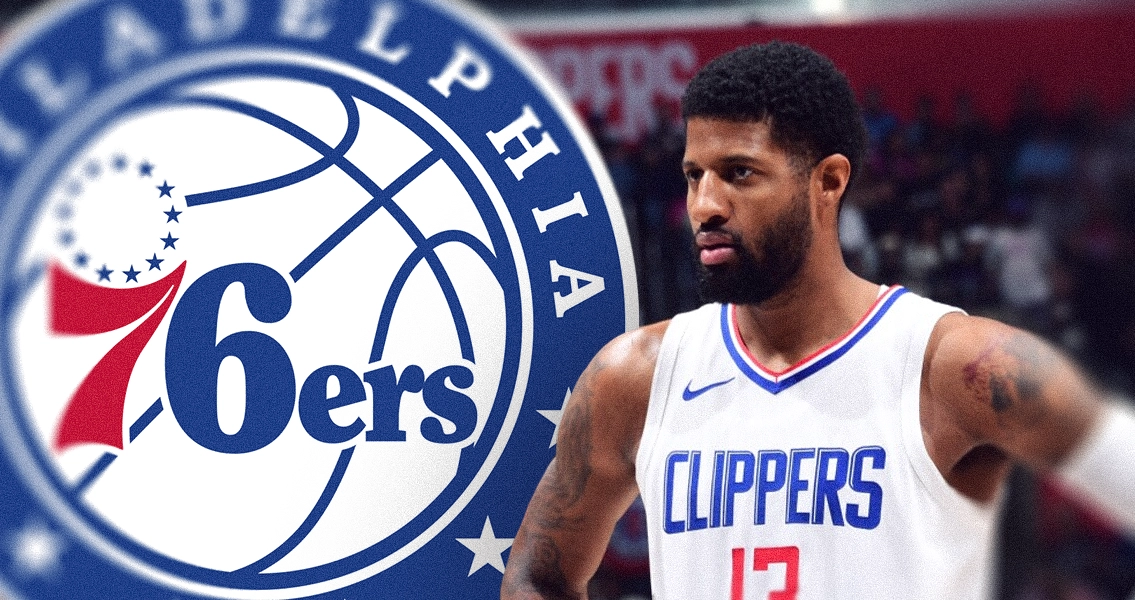
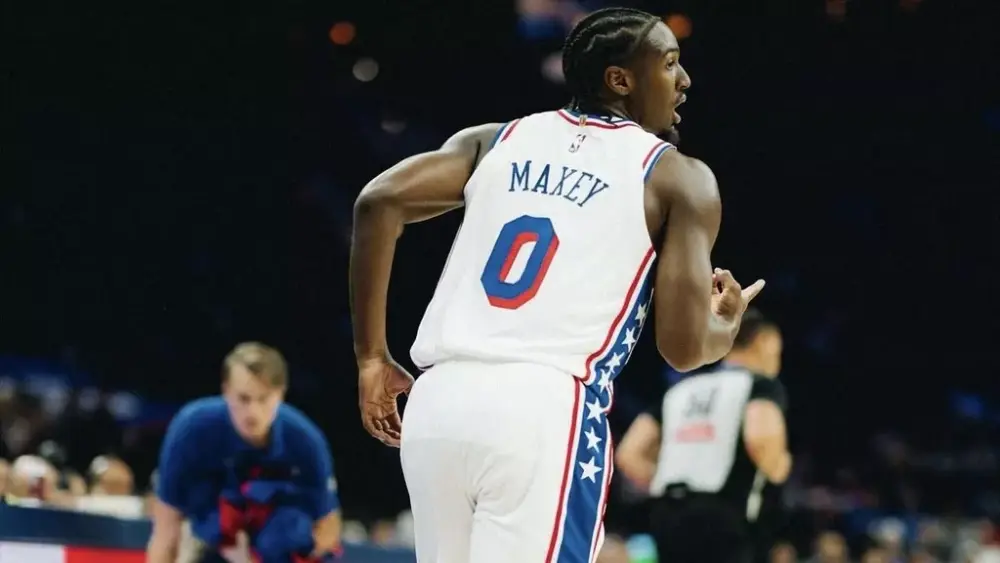 The 2024 season promises to be an important milestone for the club. The team has put together a strong and balanced squad that can compete for the championship. Under the leadership of experienced coach Nick Nurse, the Sixers want to reaffirm their ambitions in the NBA.
The 2024 season promises to be an important milestone for the club. The team has put together a strong and balanced squad that can compete for the championship. Under the leadership of experienced coach Nick Nurse, the Sixers want to reaffirm their ambitions in the NBA.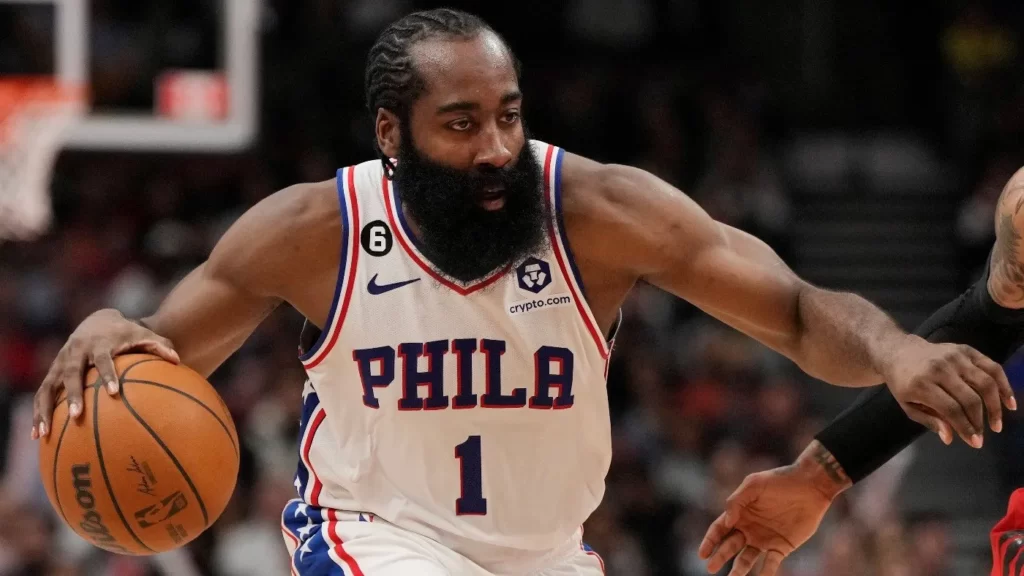 The Philadelphia Seventy Sixers are a symbol of basketball history and culture. Every era, every player and every game adds new pages to the club’s annals. From their first championship titles in the 1950s to their ambitious plans for 2024, the Sixers continue to amaze, inspire and capture the hearts of their fans.
The Philadelphia Seventy Sixers are a symbol of basketball history and culture. Every era, every player and every game adds new pages to the club’s annals. From their first championship titles in the 1950s to their ambitious plans for 2024, the Sixers continue to amaze, inspire and capture the hearts of their fans.